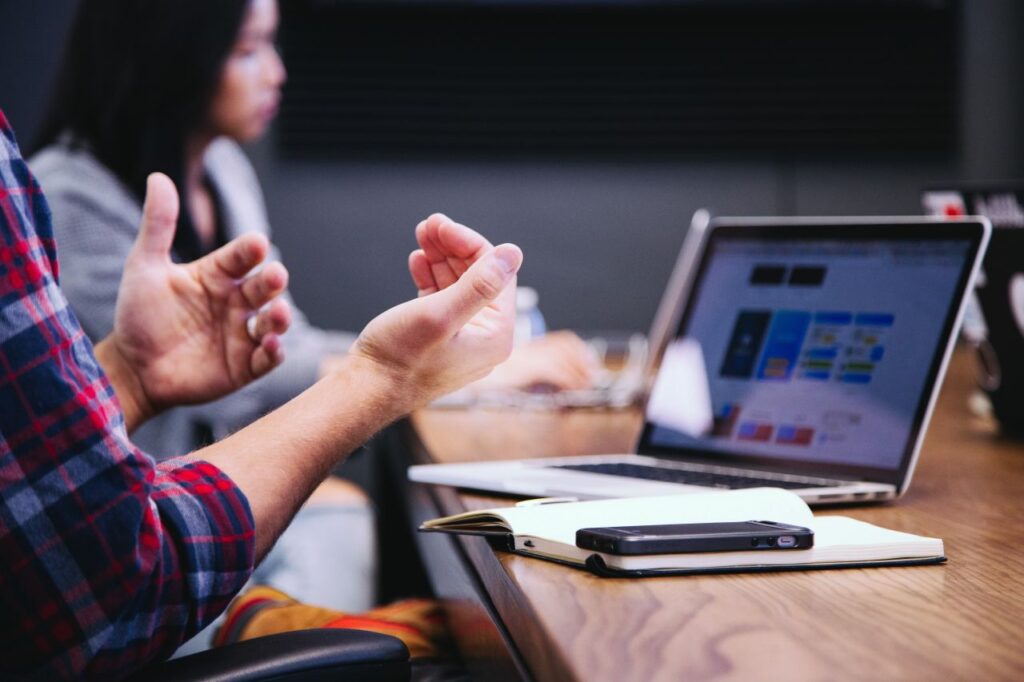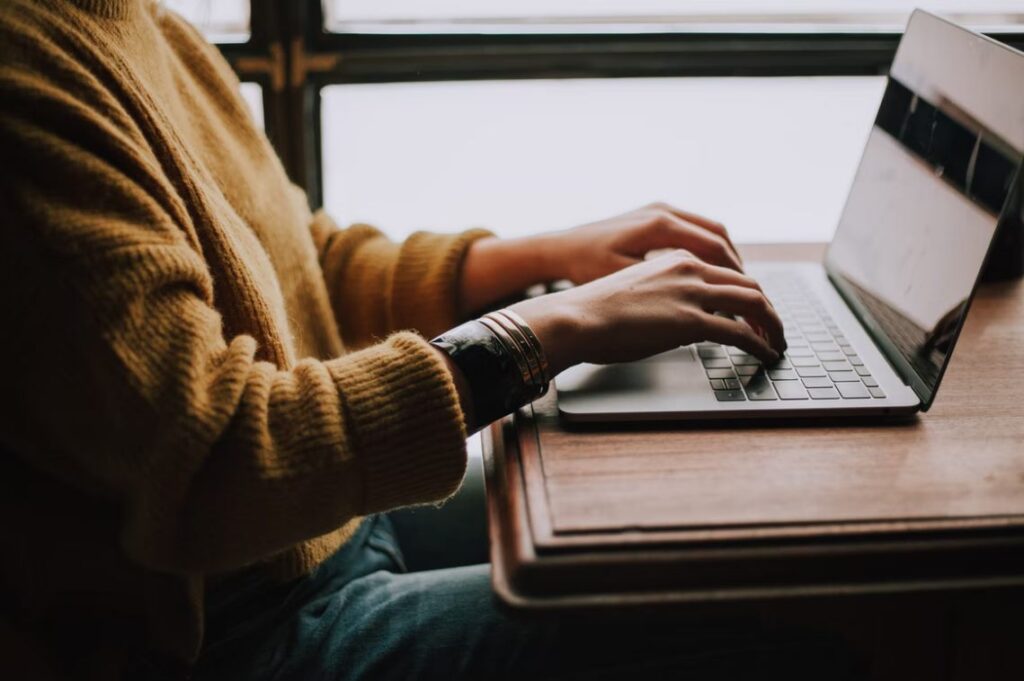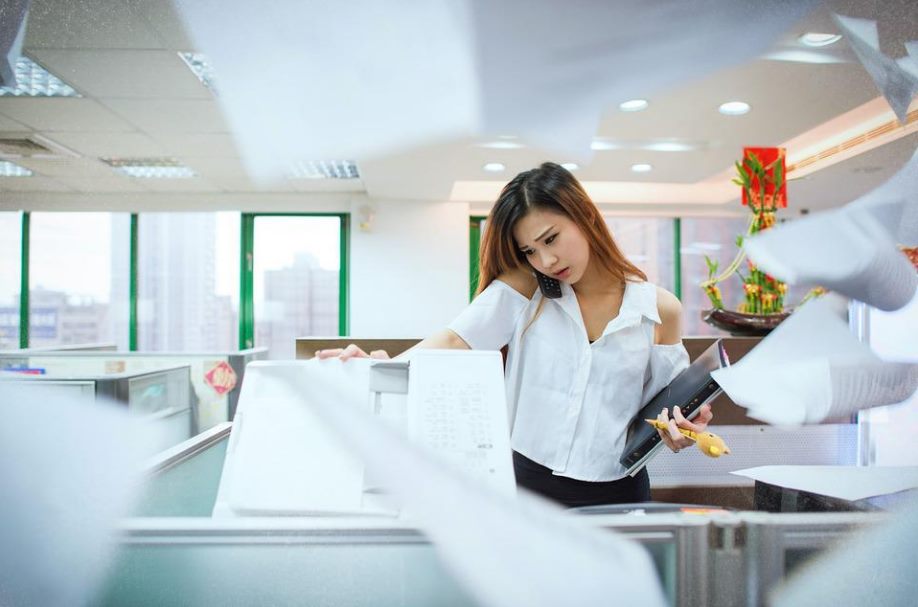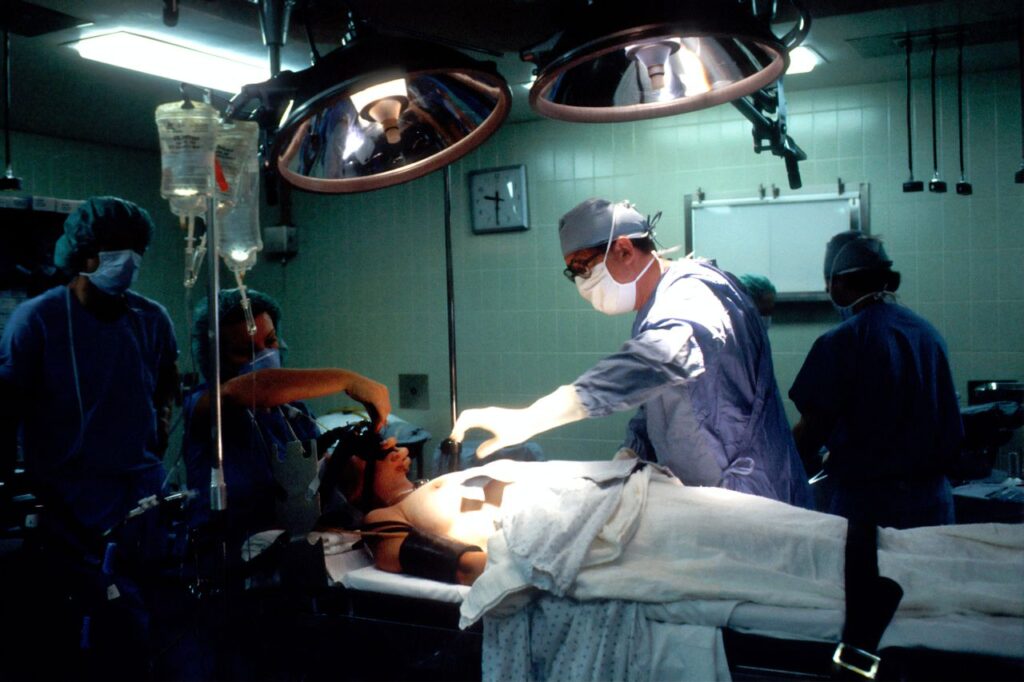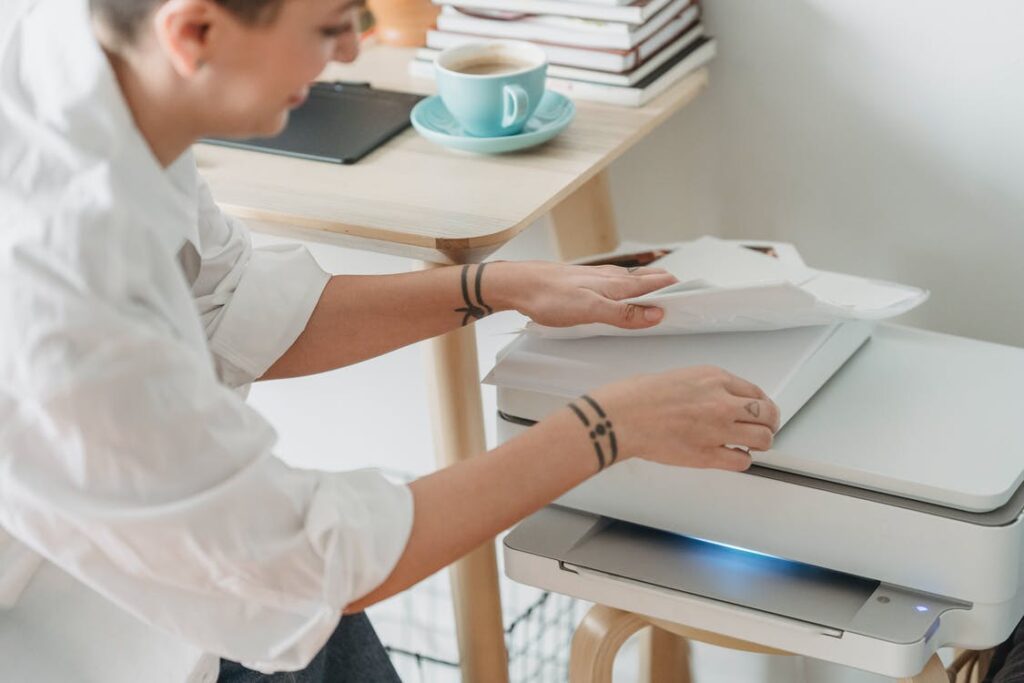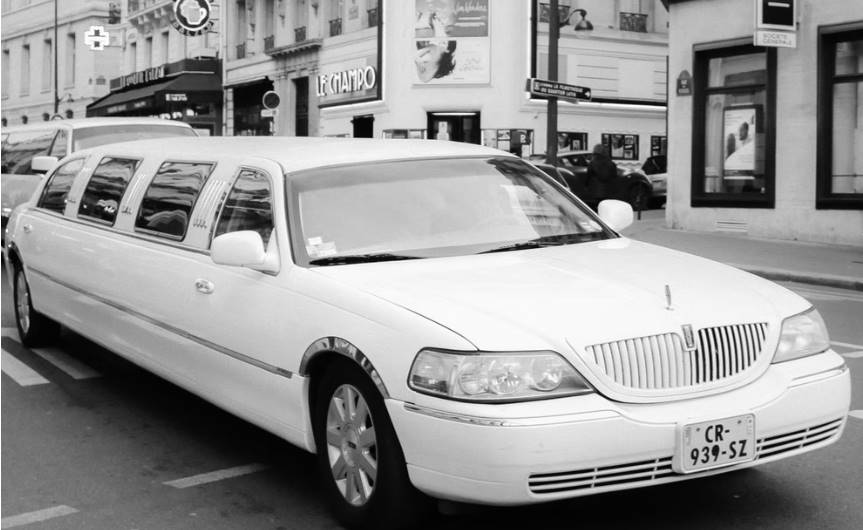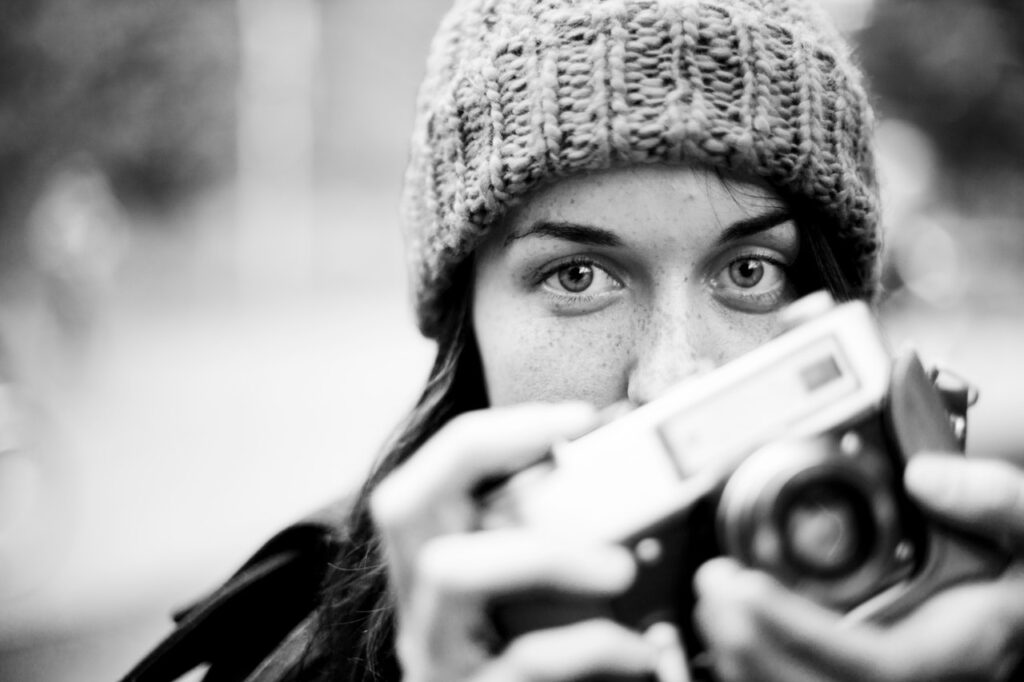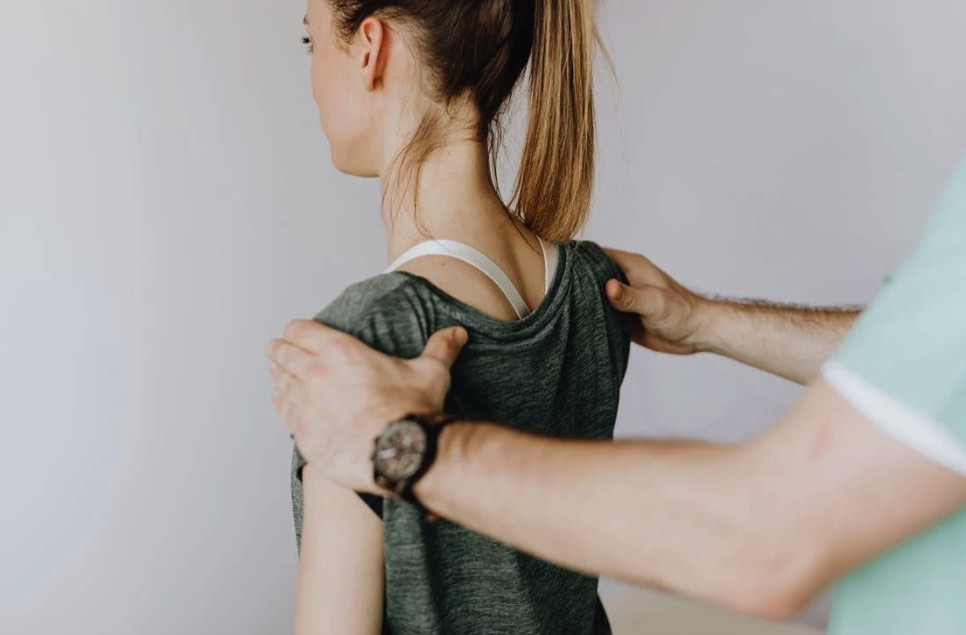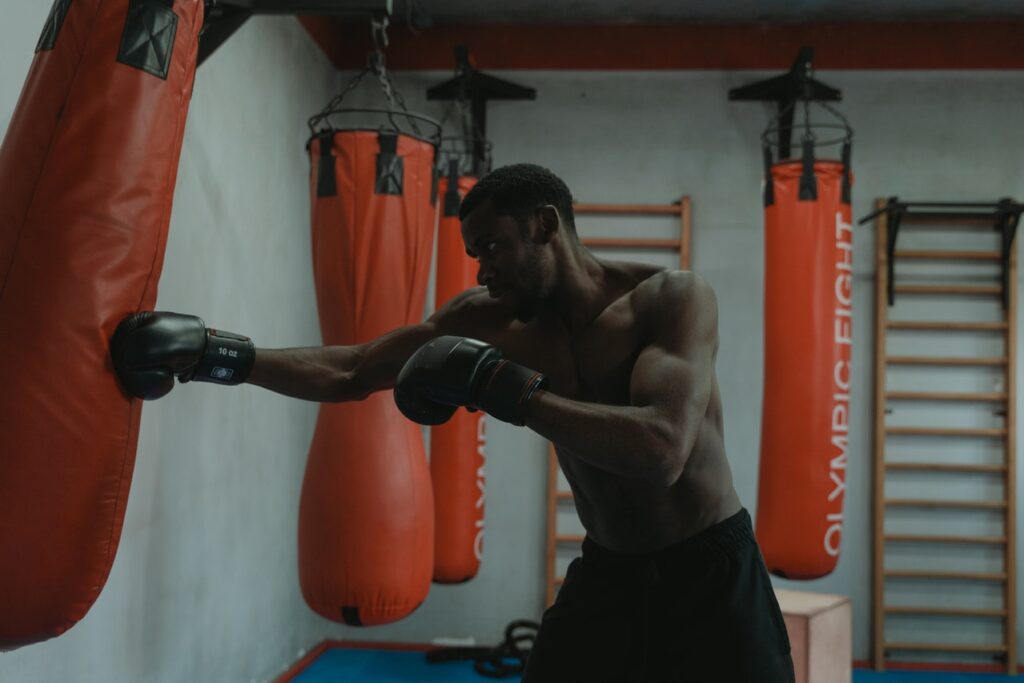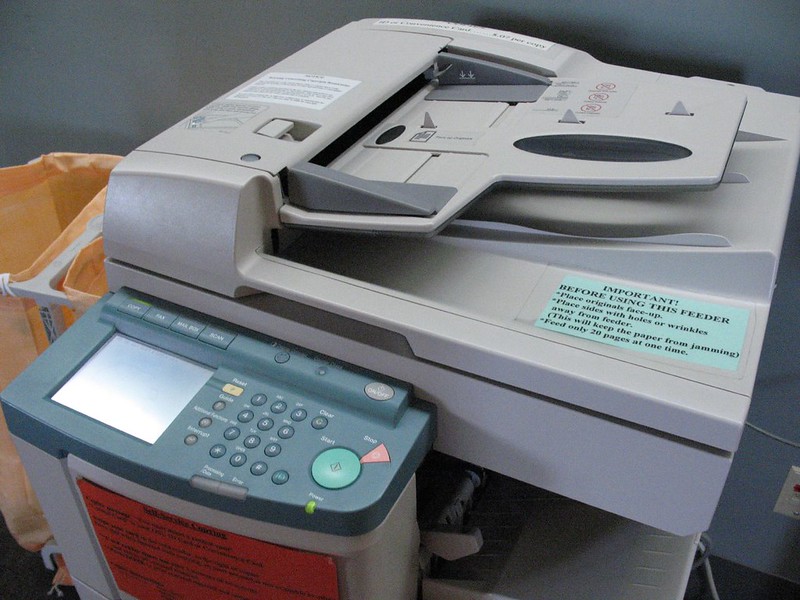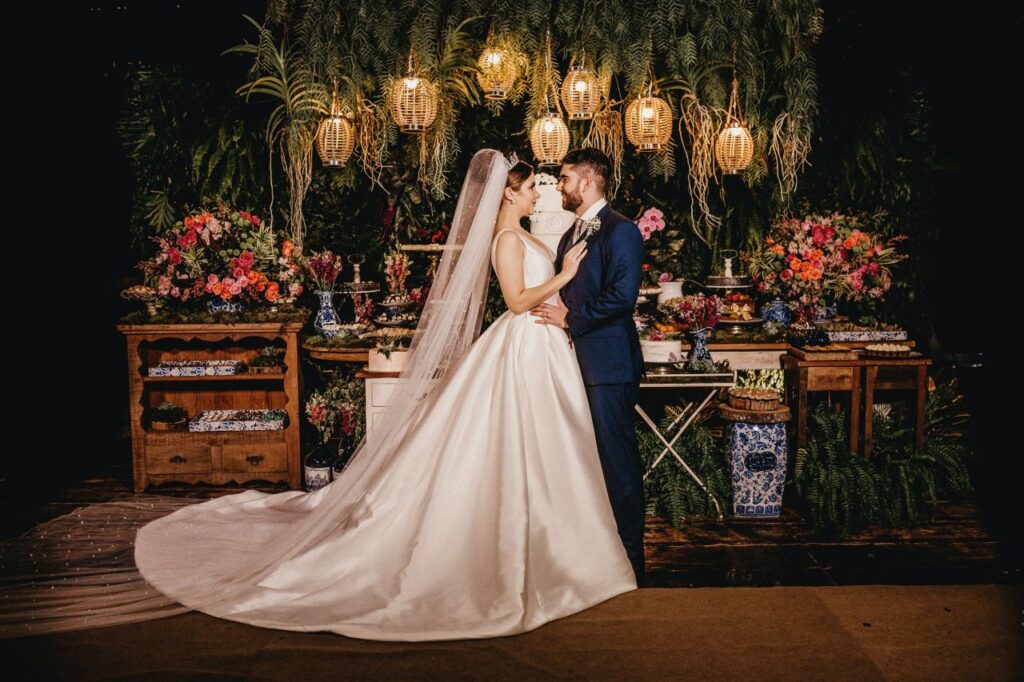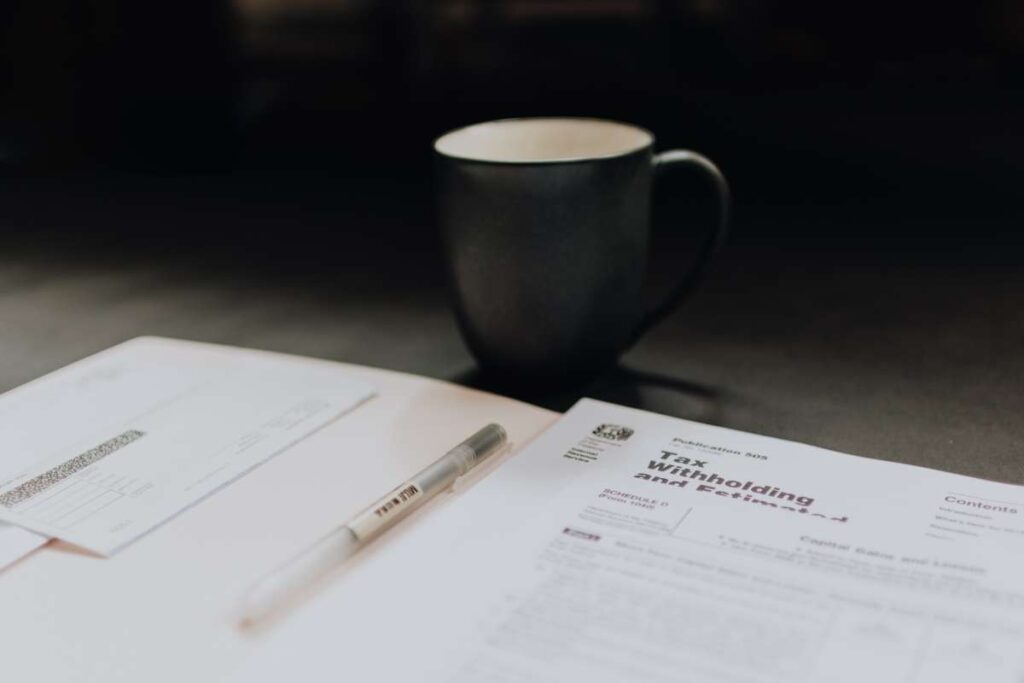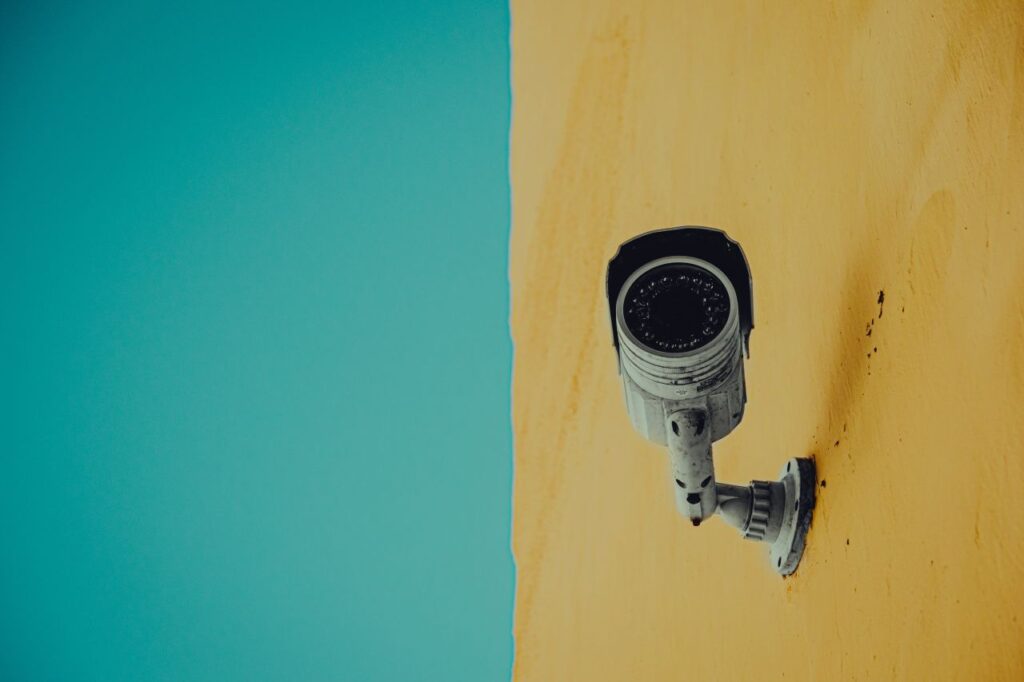Melbourne Museum is one of the largest natural history museums in Australia. Here you can see some of the most iconic exhibits, like a giant T-Rex skeleton and an impressive Aboriginal art collection. It's also home to more than 3 million specimens that give us insights into our past, present and future existence on this planet. So if you're looking for something new to do with your kids, spend their pocket money on the Melbourne Museum!
Overview
Melbourne Museum is a natural and cultural history museum located in the Carlton Gardens in Melbourne, Australia.
Located adjacent to the Royal Exhibition Building, it is the largest museum in the Southern Hemisphere. The museum was opened in 2000 as a project of the Government of Victoria, on behalf of Museums Victoria, who administrates the venue.
Melbourne Museum is a rich response to Melbourne's urban condition and provides a place for education, history, culture and society to engage with each other in a contemporary setting. It is now an important part of Melbourne's soft infrastructure. It is consistently ranked as one of Australia's most popular museums and tourist attractions, winning 'Best Tourist Attraction' at the Australian Tourism Awards in 2011.
In addition to its galleries, the museum features spaces such as Curious?, a place to meet staff and find answers relating to the collections, research and behind-the-scenes work of Museums Victoria, as well as a cafe and a gift shop.
The back-of-house areas are home to some of Museums Victoria's State Collections, which holds over 17 million items, including objects relating to Indigenous Australian and Pacific Islander cultures, geology, historical studies, palaeontology, technology & society, and zoology, as well as a library collection that holds some of Australia's rarest and finest examples of 18th and 19th-century scientific monographs and serials.
The world's largest IMAX Theatre screen, part of the museum complex, shows movies and documentary films in the large-screen 3-D format.
What Can You Find Inside?
A visit to Melbourne Museum is a rich, surprising insight into life in Victoria. You will find Victoria's intriguing permanent collections and bring you brilliant temporary exhibitions from near and far. You'll see the natural environment, the cultures and the history through different perspectives.
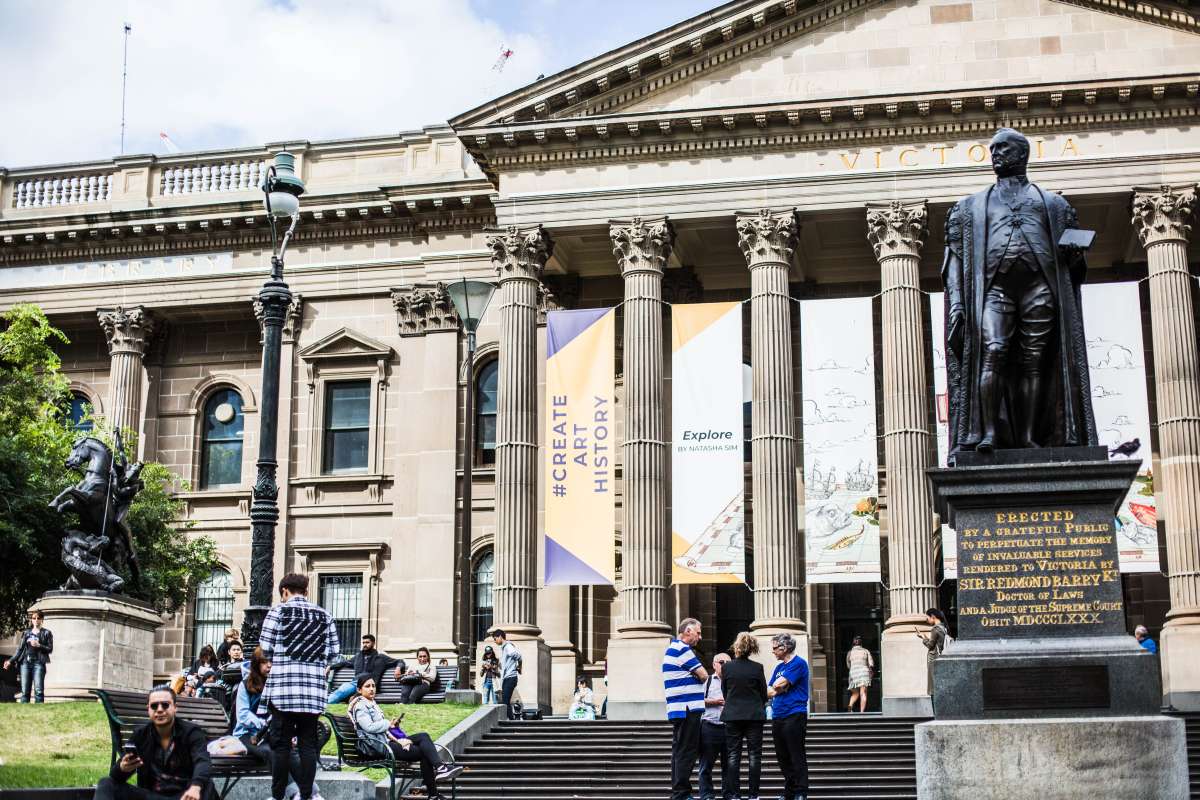
The Melbourne Museum left their old home in the State Library Building in 1997 and moved into a building located in Carlton Gardens designed by Denton Corker Marshall. The new Melbourne Museum reopened on 21 October 2000.
Inside, you'll find:
- the Forest Gallery, the living heart of the museum and home to tall trees and wondrous wildlife
- the Science and Life Gallery at the west end, where you'll find bugs, dinosaurs, fossils, animals, human biology and more
- the Melbourne Gallery at the east end, which tells the story of this beloved city and is the stable of famous racehorse Phar Lap
- Bunjilaka Aboriginal Cultural Centre, a place imbued with the living traditions and knowledge of Koorie people and other cultures from around Australia
- Te Pasifika Gallery, a bright, soaring space filled with treasures from the Pacific Islands
- the Children's Gallery is packed with things for little kids to see and do
- the Touring Hall, where major exhibitions from around the world are displayed
- 3D documentaries and Hollywood blockbusters on the giant IMAX Melbourne screen
- Curious? where you can investigate all the collections, browse the library or ask a question
- The museum's café, shop and theatre
Permanent Exhibits
Forest Secrets
Melbourne Museum's heart is the Forest Gallery—a piece of Victoria's mountain landscape complete with tall eucalypts, ferns, rare plants, and wildlife. Behind the glass doors, you'll find a verdant gully of cool temperate rainforest plants with Gondwanan origins. Smell the misty air and damp earth while you listen to the songs of birds you won't hear anywhere else in the city.
The damp, shady forest gives way to drier, more open vegetation as you walk along the path. Learn about the evolution of the eucalypt forests typical of south-eastern Australia and how our land is shaped by water, fire, climate and people. Along the way, look for the Forest Gallery's animal residents, from native fish and spiny crayfish in the creek to tiny wrens that flit among the bushes. Somewhere above you is a Tawny Frogmouth. If you're lucky, you'll see the Satin Bowerbird dancing in his bower adorned with blue objects.
Like a real forest, the Forest Gallery changes through the seasons as a bird's nest. Flowers bloom, fungi fruit and berries ripen. Aboriginal people of the Kulin nation recognised seasons by the life cycles of plants and animals; see a reconstruction of their seasons along the Forest Gallery path. At the far end of the forest, a clearing invites you to contemplate how we think of the bush. A lone chimney rebuilt following the 2009 Black Saturday fires stands as a symbol of bushfire—a destructive force essential to regenerating these beautiful forests.
Take a virtual tour of the Forest Galley or learn more about life in the Victorian forest by visiting the Forest Secrets website.
Marine Life
Accompanied by brilliant photos, underwater footage and rare specimens, museum scientists show you the wonderful life of marine Victoria. You'll find the animals that skulk about the sand plains of Port Phillip Bay and the dense, colourful colonies and corals of our sponge gardens. You'll see what lives among the kelp forests of our rocky reefs and the calm waters of our seagrass meadows. Far beyond the coast, you'll meet nervous animals that cruise around the open ocean, pursued by hungry hunters like big fish, sharks and whales.
Marine Life covers how Victoria's marine creatures use camouflage, speed, poisons and spines to evade predators. You can compare the different ways sea animals hunt and feed, how their mouthparts work, and where they fit within a complex food web.
Go a little further, and the exhibition takes you down into the deep sea—the most common habitat on Earth. In the darkness, the inhabitants have different strategies to survive in this extreme environment, like fangs and chemical lights. Strange animals devour carcasses that sink to the ocean floor hundreds or thousands of metres below the surface. And here you witness the battle of the titans: a Sperm Whale versus a Giant Squid.
Dynamic Earth
Learn about the Earth's structure from hundreds of specimens from Museum Victoria's geological collections. You'll see rare and beautiful minerals, giant crystals, uncut diamonds and gold nuggets and understand the conditions under which they formed. Some of them even glow in the dark! Marvel at the little pieces of space that come to us, including meteorites from Mars and the Moon, and map the 177 craters and impact sites across the globe.
You'll see evidence of the powerful forces that shape our Earth—immense heat and pressure that transforms rocks, tectonic plate movement that lifts mountains, and ice, wind and water that shape its surface. Then, investigate the many ways that humans use the Earth's rock and mineral resources, from Aboriginal ochres and tools to the metals in your home.
You can touch ropey lava from Hawaii and the floor of an ocean from 2.5 billion years ago. Then, stand within AVIE, an interactive 3D cinema, to see how magma flows in underground tunnels or hurdles out of volcanoes. Then, step on the scale to calculate how much you'd be worth if you were made from gold.
This brilliant and immersive exhibition will have you thinking about the ever-changing Earth beneath your feet.
Phar Lap
He was Tommy Woodcock's 'Bobby', Harry Telford's 'Red Terror', and the champion that Australians needed during the Depression. More than 80 years after he first went on display, Phar Lap remains the most popular exhibit.
The gangly and awkward two-year-old from New Zealand became Australia's greatest racehorse. Between September 1929 and November 1931, Phar Lap ran 41 races and won 36 of them. His death in California in 1932 sent the nation into mourning. Letters sent to Harry Telford by the grieving public are displayed with Phar Lap alongside other tributes in art and souvenirs. Objects from his life—his training saddle, his shoes, his tonic book—help tell the story of Australia's wonder horse.
600 Million Years
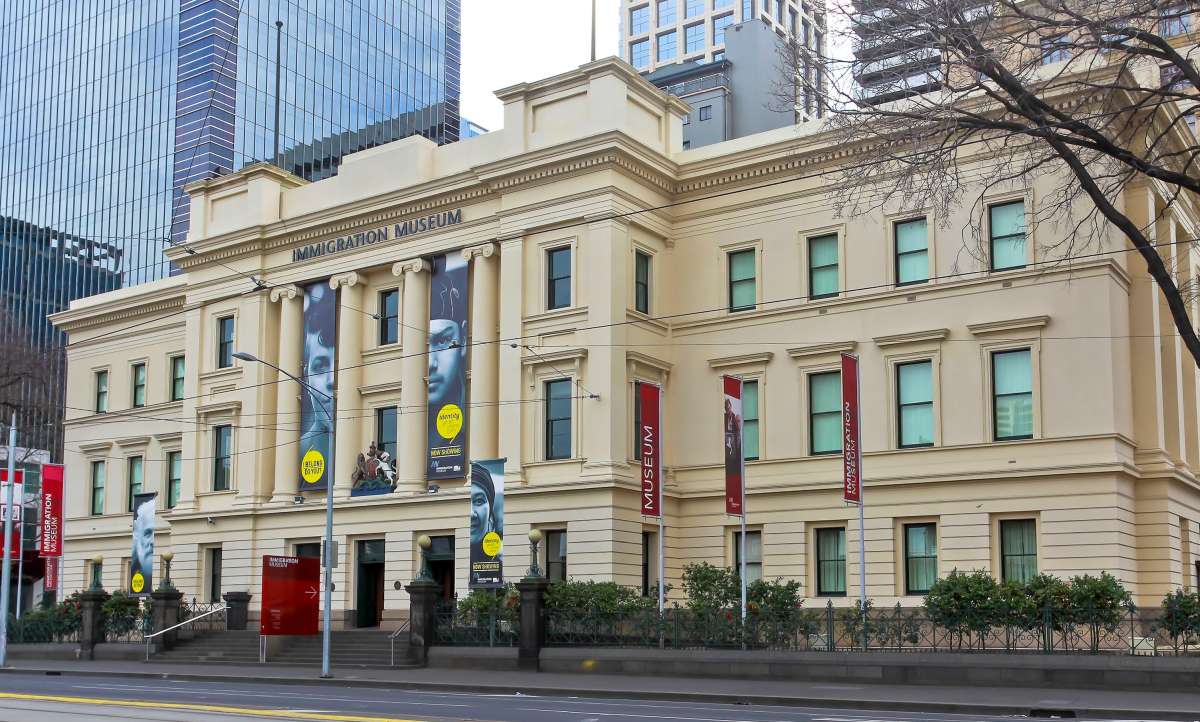
The origin of life in Victoria is told through fossils, models, animatronics and animations.
Starting with the explosion of life in the sea, you'll see how life went multicellular. Then, on the show are evolutionary dead ends—extraordinary body forms that have no living ancestors today—and early forms of ancient groups like crinoids, bryozoans and cephalopods. Then, follow the evolution of life as it moved from sea to land and diversified into the mammals, reptiles, birds and plants we know today.
For this exhibition, the skilled museum preparators and palaeontologists created models of extinct life that are scientifically accurate works of art. Animated reconstructions show how these animals moved, ate and battled to survive. You can say hello to an animatronic Qantassaurus, a small dinosaur that lived in Victoria some 120 million years ago. There are things to touch, too: the teeth of a giant shark, the skeleton of Archaeopteryx, and the seafloor that ended up high in the Grampians.
You can learn about the geological processes that moved landmasses, built mountains and transformed rocks. Rocks and fossils show how the climate of Victoria has changed, from glacial to tropical and everything between, and the effects of the asteroid that wiped out the dinosaurs 65.5 million years ago. Fossils and specimens from the museum's collections, including irreplaceable skulls of giant megafauna, early whales and marsupials, long gone from Australia's mainland. Imagine a time when whales were small and penguins were gigantic!
In 600 Million Years, you'll grapple with massive periods and the profound transformations that made Victoria the place it is today.
Dinosaur Walk
Skeletons of 17 prehistoric animals parade through the centre of this soaring exhibition: ten dinosaurs, three pterosaurs, one mammal-like reptile and Australian megafauna.
Duck beneath the belly of a massive Mamenchisaurus as long as a house. Stand eye-to-eye socket with a curious Amargasaurus while above you, Quetzalcoatlus flies as big as a small aeroplane. See record-breaking megafauna from the Ice Age such as Diprotodon, the world’s largest marsupial, and Megalania, Australia’s largest lizard.
Animated reconstructions show how these animals lived, fought, reproduced and died millions of years ago. You can touch dinosaur teeth to understand what they ate and feel a thigh bone from a 25-tonne sauropod. Then, walk around, under and through the skeletons and learn about their lives from the scientists who study them.
Bugs Alive!
For what they lack in size, bugs make up in numbers: there are over 150 million insects for every human on Earth. These six-legged wonders have conquered almost every habitat we've got. But just what makes them so successful?
In Bugs Alive! You'll see, hear and smell the world of insects, spiders, snails and other invertebrates. Specimens fill the exhibition: brilliant beetles and beautiful butterflies cover the walls while naturalistic enclosures hold living, thriving insects you can't see captive anywhere else. You'll learn about what they eat, how they breed and how they contribute to ecosystems by pollinating flowers and decomposing waste.
You can observe a colony of green tree ants work around their leafy nest, a mantid stalks its prey, or watch aquatic insects in their watery realm. Giant models of insect mouthparts and body systems show you just how intricate these little animals are. Or not so little: record-breakers in the Insect Hall of Fame represent the largest, heaviest and longest insects, alongside the longest-lived and most poisonous.
The Quarantine Room holds rare living examples of exotic tarantulas, and local spiders, like redbacks and orb weavers, show the eight-legged inhabitants of our backyard. The Big Bug Theatre busts common myths and challenges the view of bugs and spiders as the stuff of nightmares and horror films.
The live displays change over regularly, so each visit has something new. Visit Bugs Alive! to confront your fears of creepy-crawlies or behold the marvels of the invertebrate world.
The Thorny Devils can be seen on display on Fridays at 2.30 pm in the black house ant display (provided there are active ants for them to eat!).
The Melbourne Story
What shaped this city? Who lived here? What were their lives like?
The Melbourne Story is packed with icons of the city's past and present. There are tales of heroes and scoundrels, growth and decline, and Melburnians' changing ways of life, work and playing. Big stories—of Aboriginal activism, gold that built grand buildings, and waves of migration—sit alongside quieter tales of everyday life in the big smoke.
Ride in a restored Luna Park Big Dipper carriage, step into workers' houses from the 1890s and hear the sounds of Melbourne's music scene. See how where you live evolved from traditional Kulin lands to the suburbs of today. Over 1200 irreplaceable objects from Victoria's state collections show that Melbourne is truly a city of stories.
Road to Zero experience
World-first road safety education complex
Discover the science behind crashes and take a trip into the future at Road to Zero, a world-first road safety education experience at Melbourne Museum.
Large-scale projections, interactive touch screens and virtual reality reveal the science of road safety and why human bodies aren’t built to survive major impacts.
While the Road to Zero education experience is aimed at secondary school students, entry is free and open to anyone to visit.
Explore the latest in-vehicle technology and road design and how we can each contribute to making zero road deaths and serious injuries a reality.
The TAC developed Road to Zero in partnership with Melbourne Museum. It drew on decades of TAC research and was co-created with road safety and education experts to help explain how to prevent crashes and protect drivers, passengers, pedestrians, motorcyclists and bicycle riders.
First Peoples
Through the voices and languages of the Koorie community, First Peoples tells the story of Aboriginal Victoria from the time of Creation to today.
This major exhibition celebrates the history, culture, achievements and survival of Victoria’s Aboriginal people.
Meet members of the community aged 8 to 72, and hear them speak about their identity, community and culture in the Deep Listening Space. Then, enter the nest of Bunjil, the wedge-tailed eagle and ancestral spirit, and hear how he sang the Country, Law and people of the Kulin nation into being.
Hear the 38 distinct languages of Victoria. Then, walk a while with the Messenger, your virtual guide, through the customs of the Koorie people and how their lives changed after European settlement.
In Many Nations, more than 600 historic and contemporary artworks and objects made by Aboriginal and Torres Strait Islander peoples are displayed. Each object's story helps to show the extraordinary diversity and sophistication of Australia's cultures.
First Peoples was co-curated by the Yulendj Group of Elders, community representatives across Victoria, and Museum Victoria staff. Yulendj is a Kulin word for knowledge, which describes the deep cultural and historical knowledge that the Yulendj group brought to the exhibition. We thank them for generously sharing their stories and artworks.
They were presented with thanks to the Yulgilbar Foundation and the John T Reid Charitable Trusts for their significant support.
Mini-Mega Model Museum
Welcome to the Mini Mega Model Museum, where the apples are wax, the Colosseum is small, and the models work!
Explore the shifting-scale world of models and miniatures through this quirky and intriguing experience. Why would someone make a giant mosquito, a Colosseum out of cork or a teensy-weensy cow?
Discover more than 300 astounding models from the museum's collection: zoomed-in, miniature, life-sized and everything in between.
Tok stori Vikitolia Pasifiki and Te Vainui O Pasifika
Welcome to Te Vainui O Pasifika | the great waters of the Pacific peoples.
This exhibition was made with the Pacific Island Advisory Group and community members as one of Melbourne Museum's opening exhibitions in 2001. From December 2020, Tok stori Vikitolia Pasifika brings today's Pacific voices to the beloved original exhibition.
We invite you to connect with a man kan tru | ancestral objects from across the Wan Solwara | Te Moana Nui a Kiwa | Pacific Ocean. These taonga | precious treasures hold the wairua | spirit and mauri | life force of Pacific ancestors.
In the sounds that envelop the space, we share the mana | power of Pacific people with you. Through these buderi | cultural possessions, images, stories and sounds, the essence of living cultures are expressed to honour those who have championed the vasa loa loa | wide oceans.
In partnership with the Victorian Pacific Cultural Leaders Advisory Group, we have filled this space with the voices and stories of today's Pacific communities. You will hear kaang temaan kin | personal stories and sacred histories, and see measina | treasures from the perspective of Victorians. Their hearts span across the Wan Solwara | Te Moana Nui a Kiwa | Pacific Ocean.
Pauline Gandel Children's Gallery
The Children’s Gallery is a wonderful place for babies to 5-year-olds to explore, play and learn.
Budding palaeontologists excavate fossils in the dinosaur dig; aspiring botanists traverse the discovery garden, exploring plants and stories; young curators gaze at the specially selected museum objects, and for everyone who loves to dance, there is a 'camouflage disco' where children will turn into spotty and stripy disco dancing animals.
Frequently Asked Questions About Melbourne Museum
Some of the world's biggest exhibitions are held in our wonderful city, with an incredible array of offerings that are well worth your hard-earned dollars. But if you find yourself strapped for cash, don't fear, there are plenty of free exhibitions held across an assortment of museums around the city, too.
The Dinosaur Walk exhibition brings dinosaurs, pterosaurs and megafauna to life. Combine amazing skeletons with ideas from science. Add a little of your own imagination — and watch out!
To ensure you have a safe and enjoyable visit, we're limiting the number of people who can visit each day. To help us manage this, please book free tickets in advance online.
Please book your tickets before you arrive at the museum. There will be timed entry into the museum, so please try to arrive as closely as possible to the pre-booked entry time. As food and drink service will be limited in the museum's café, we suggest you might like to bring some refreshments with you.
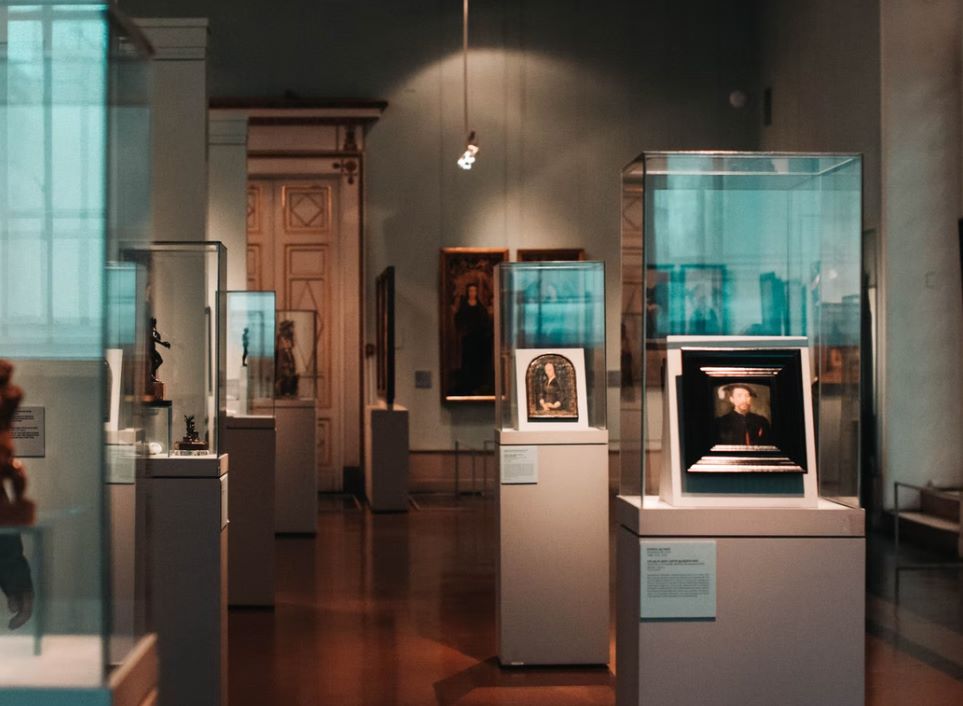
![Top 25 Epoxy Flooring & Coating Companies Melbourne, Victoria [2022]](https://www.omnimelbourne.com.au/wp-content/uploads/OMNIMELB-Epoxy-Flooring-1024x683.jpg)
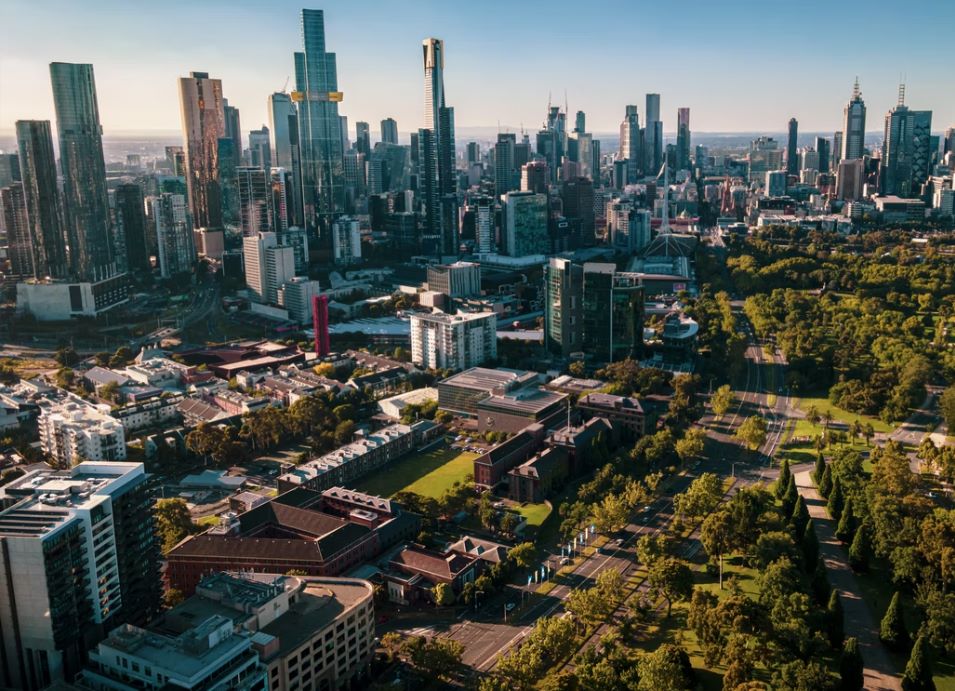
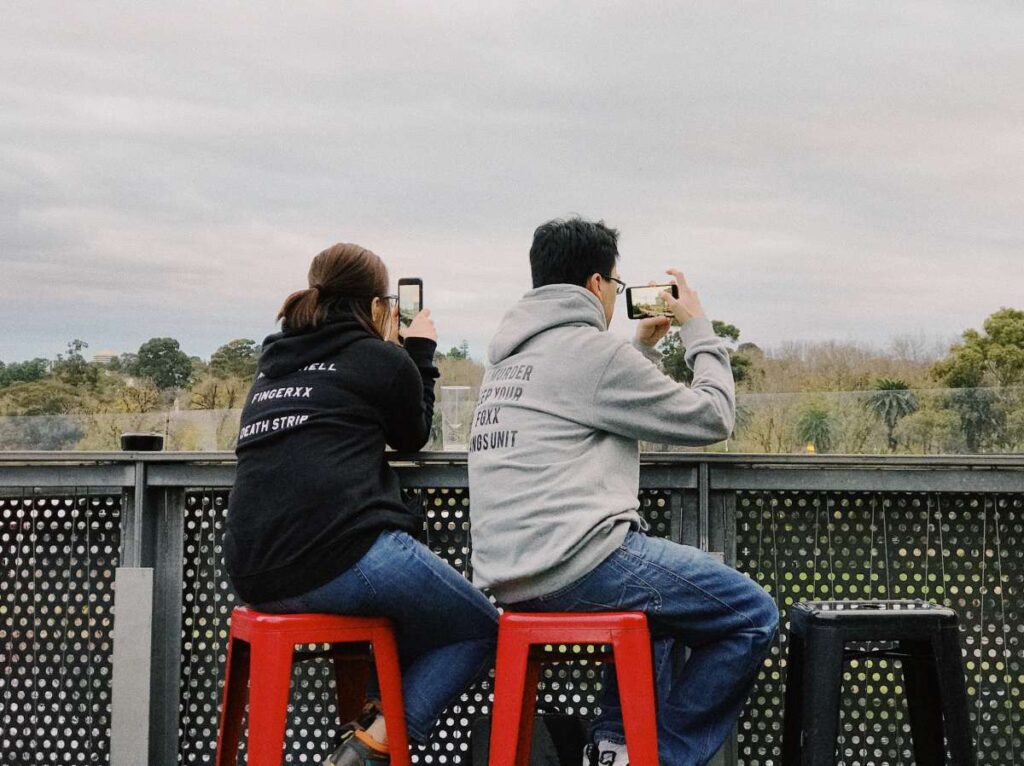
![30+ Best Standing Up Office Desks in Australia [2022]](https://www.omnimelbourne.com.au/wp-content/uploads/OMNIMELB-Best-Standing-Up-Office-Desks-in-Australia-1024x677.jpg)
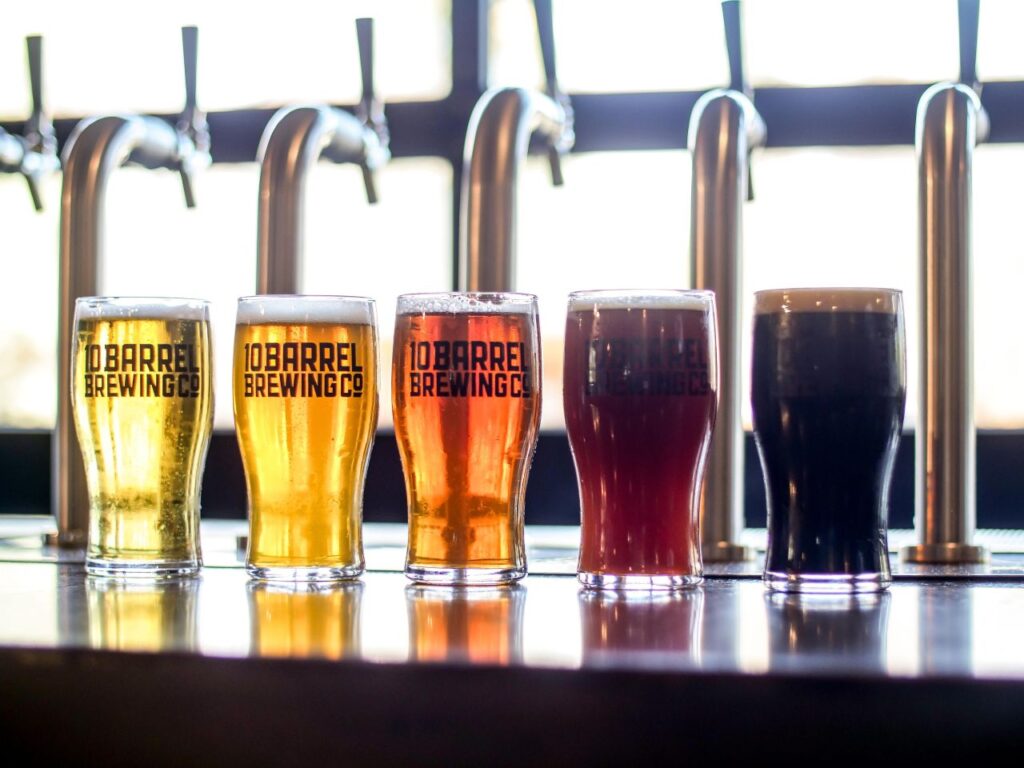
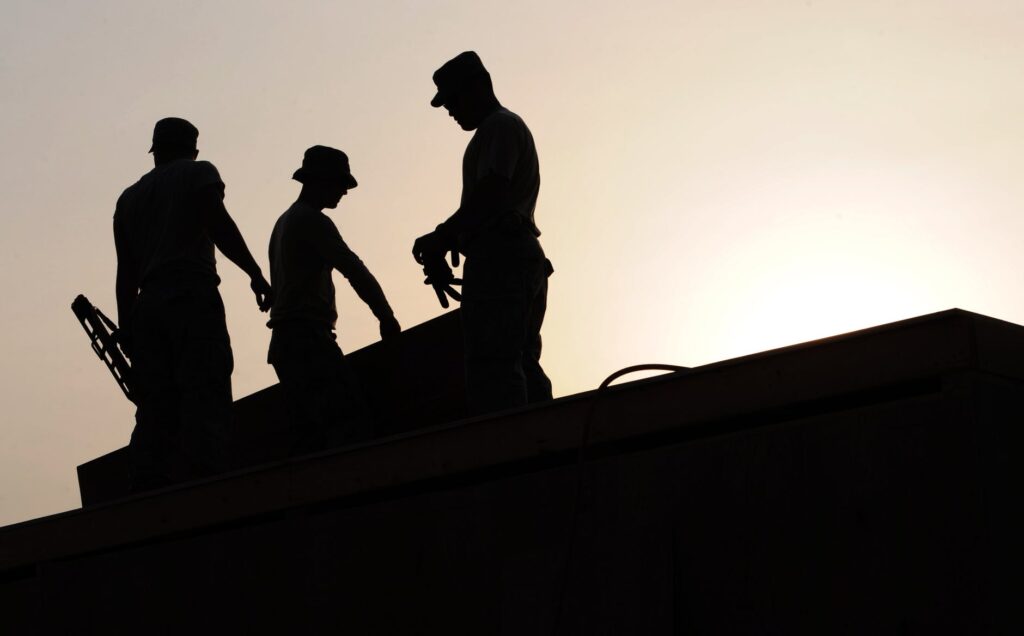
![30+ Best Design Agencies Melbourne, Victoria [2022]](https://www.omnimelbourne.com.au/wp-content/uploads/OMNI-MELB-Best-Design-Agencies-Melbourne-1024x677.jpg)
